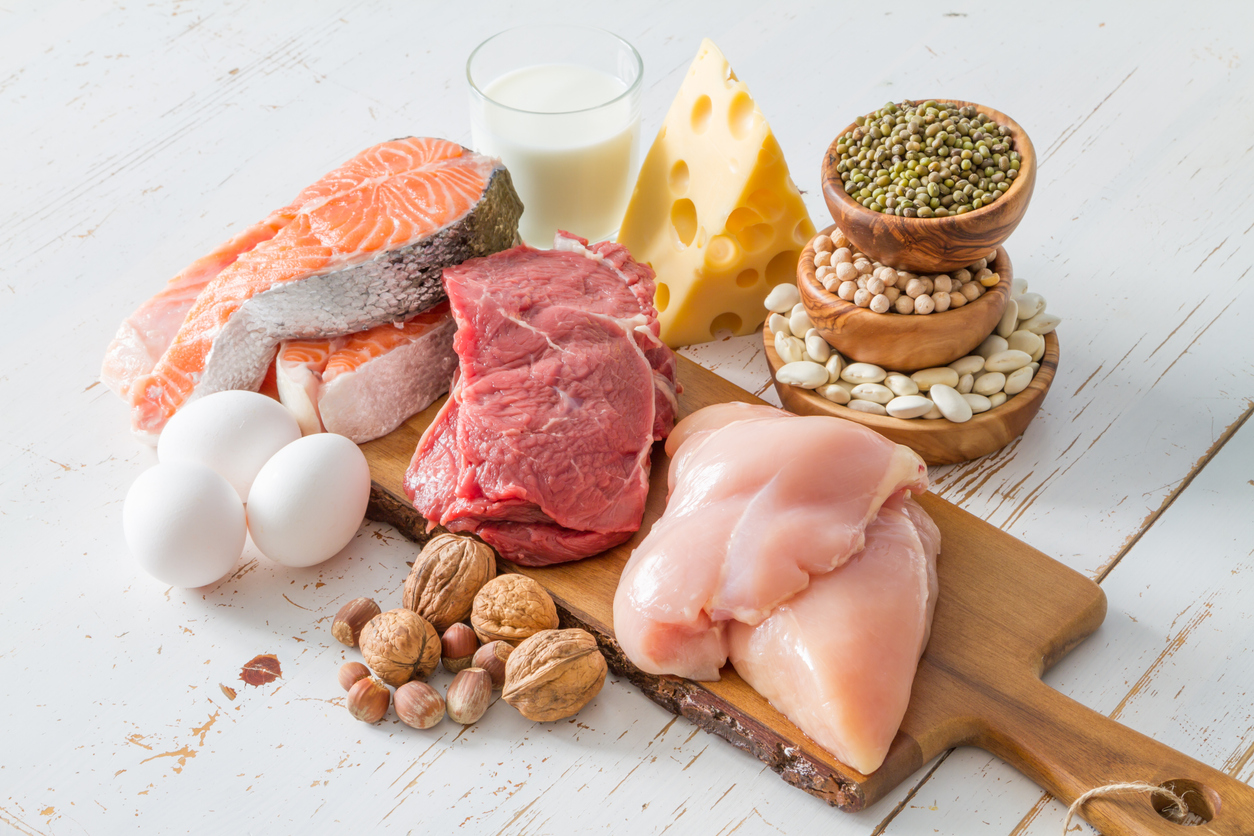Color in the Garden
Students use the art of soil painting to explore science and the natural world while learning about the color wheel, the importance of soil to agriculture, and why soils have different colors.
Students use the art of soil painting to explore science and the natural world while learning about the color wheel, the importance of soil to agriculture, and why soils have different colors.
Students make fresh mozzarella cheese and discover the science (changing a liquid to a solid), art, and craft involved in the development of specialty cheese.
Students discover how agricultural commodities are transported from producers to consumers.
Students investigate animal handling preferences, design a cattle corral system that is durable, efficient, and effective, and discover the skills needed to be an agricultural engineer.
Students explore how soybeans are grown by farmers, examine seed anatomy through a seed dissection activity, and observe the germination of a soybean plant.
Students identify and explain unique properties of eggs based on scientific investigations and write a book to explain what they have learned.
Students compare and contrast the differences between the Census of Agriculture and the decennial census.
Students categorize sources of basic agricultural products alphabetically.
Students discover that agricultural careers are interconnected and that agriculture influences many parts of their daily lives.
Students read a story about our nation's first survey of agriculture, discuss reasons for counting things, and gain practice by sorting and counting a variety of objects related to agriculture.
Students discover the changes that take place in a walnut orchard through the seasons by reading and discussing a story about a walnut farm.

Students will examine dietary sources of protein and generally understand the relationship between protein synthesis and amino acids while completing an activity to use beads as a representation of amino acids to construct proteins (polypeptide chains). Students will identify complete and/or incomplete proteins found in both animal and plant food sources.